You are here
Back to topFEDEMCO: Wooden Packaging Gaining Ground in Europe
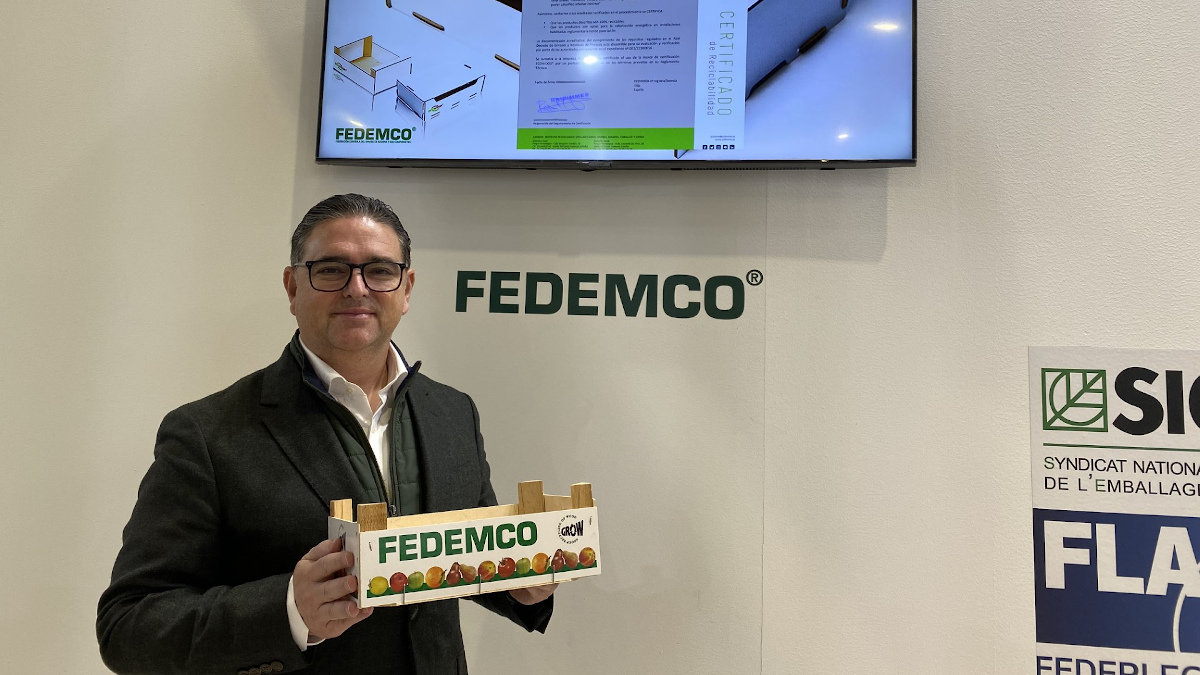
Established in 1991, the Spanish Federation of Wooden Packaging and its Components (FEDEMCO) is a Valencia-based association with 80 members representing 95% of the companies that manufacture wooden packaging in Spain. At last month’s Fruit Logistica 2024 in Berlin, Produce Report spoke with Emilio J. Pérez, FEDEMCO’s director, about the advantages of wooden packaging for storing and transporting fresh produce as well as recent developments in sustainable packaging in Europe.

Wooden packaging has been used for centuries to pack, store and transport food and comes in numerous forms, ranging from crates and boxes to punnets and similar containers. According to Pérez, wooden containers were first used in Spain to export lemons along the Mediterranean coast, maintaining freshness and reducing spoilage. In Spain, wooden packaging currently accounts for 12% of all fresh produce packaging and is generally reserved for premium fruit and fresh produce with long transit times. Historically made from pine, the wooden containers manufactured by FEDEMCO members are primarily medium-density elm plywood comprising 90% wood and 10% glue and other materials.
Among the main benefits of wooden packaging are preservation and sustainability. According to Pérez, wooden packaging is much better at absorbing the humidity of certain fruits such as strawberries, thus preserving quality: “Wooden packaging absorbs excess moisture from strawberries, hastening the cooling process more efficiently than other packaging and helping to maintain freshness and quality. In contrast, plastic or cardboard packaging retains that moisture, which can hasten the development of mold and harm fruit quality.” Pérez also noted that wooden packaging is not completely enclosed, which helps the produce breathe better, and the wood itself possesses antibacterial properties.

In a press release distributed at Fruit Logistica 2024, Enrique Soler, president of FEDEMCO, extolled the sustainability of wooden packaging: “Wood is a 100% biodegradable raw material that already exists in nature. That is why its transformation into packaging consumes less water and energy resources than other packaging.” Soler also noted that wood has a negative carbon footprint and that the forests from which wooden packaging comes absorb more carbon dioxide than is emitted during packaging manufacture. According to Pérez, FEDEMCO members source their wood from sustainable plantations across Spain, certified by the Forest Stewardship Council and the Programme for the Endorsement of Forest Certification.

Proposed European Union regulations designed to combat packaging waste and promote sustainability have increased the interest in wooden packaging in recent years. Put forward in November 2022, the proposed Packaging and Packaging Waste Regulation (PPWR) aims to reduce packaging waste in member states by 15% by 2040, require all packaging to be recyclable by 2030 and restrict some types of packaging, such as single-use plastic packaging for small quantities of fruit. At Fruit Attraction 2023 last October, FEDEMCO unveiled its Ecowoox certification, which guarantees the recyclability of wooden packaging and indicates that the packaging was made from 100% recyclable wood in full compliance with the PPWR.
As this year’s rotating chair of the Group Recycling of Wood (GROW) organization, FEDEMCO plans to focus on helping the entire supply chain, from manufacturers to distributors, understand the implications of the proposed legislation and their new obligations pertaining to packaging and its recycling. To this end, at Fruit Logistica 2024 FEDEMCO jointly exhibited with its German, French and Italian association counterparts for the first time and held presentations and Q&A sessions on the new regulations.

Beyond preservation and sustainability, Pérez noted that there are other advantages for importers with the use of wooden packaging, which is generally still more expensive than other packaging materials: “Wood presents a great opportunity to personalize branding. Techniques such as silkscreen printing can create bright, shiny, and eye-catching labeling on the containers, and these are stronger and more resilient than on plastic packaging.” Furthermore, wooden packaging is generally of higher quality and conveys a sense of a premium product to the consumer.
Pérez noted that wooden containers were recently used to ship the Persimon brand of Spanish kaki persimmons, which are grown in the fertile Ribera del Xúquer floodplain south of Valencia, to Hong Kong. Spanish persimmons were granted market access to China in early 2023 after six years of negotiations between Spain’s Ministry of Agriculture, Fisheries and Food and China’s General Administration of Customs. The first shipment of Spanish persimmons to China left Spanish ports in December 2023 and arrived at the Port of Shenzhen in mid-January just in time for Chinese New Year. The wooden packaging used was produced by a FEDEMCO member to preserve the quality of the fruit throughout its long journey from Spanish farms to Chinese ports, wholesalers and retailers.

Images: © 2024 Produce Report (main image and body images one, two and five), FEDEMCO (body images three and four)



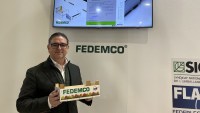
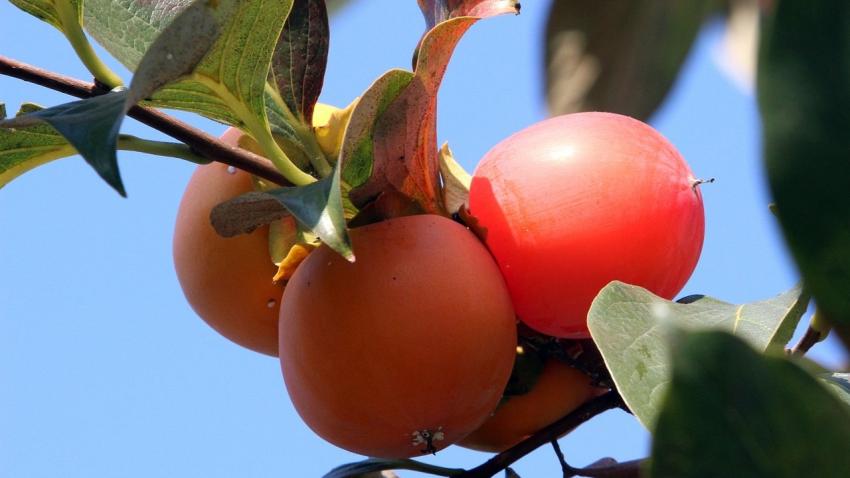
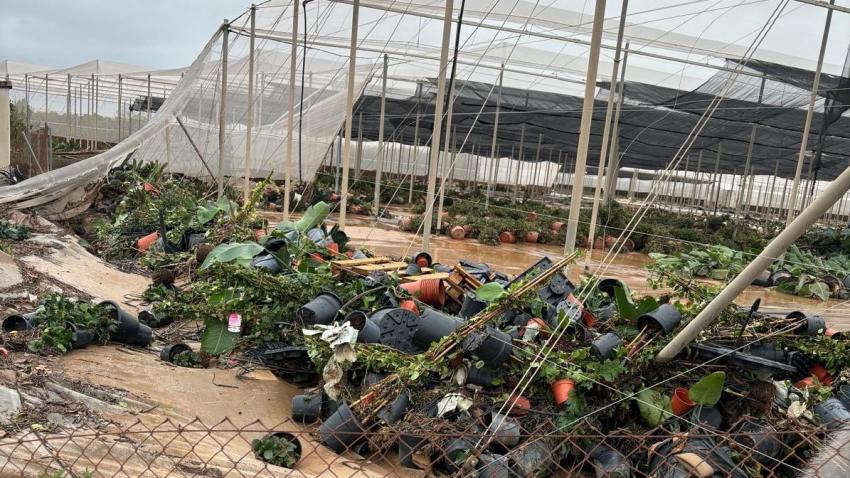
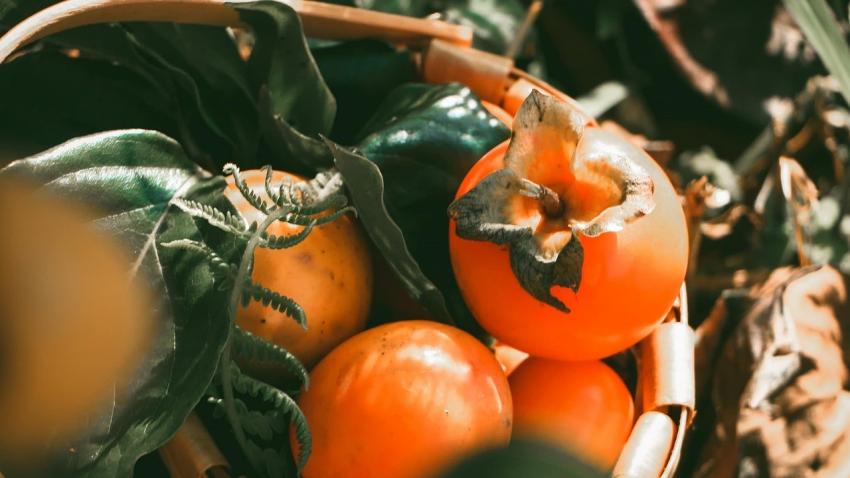
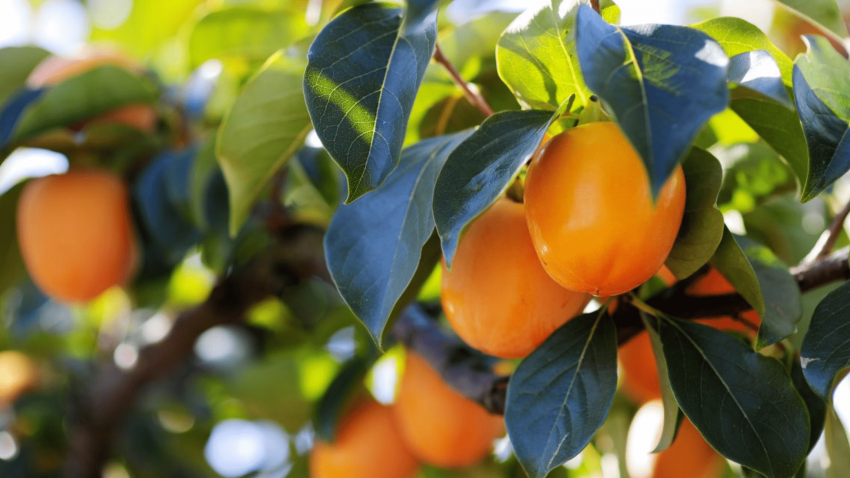







Add new comment